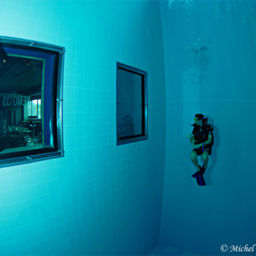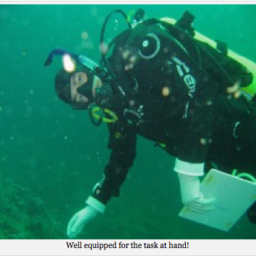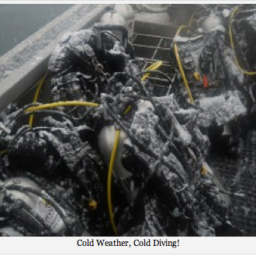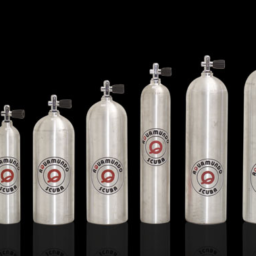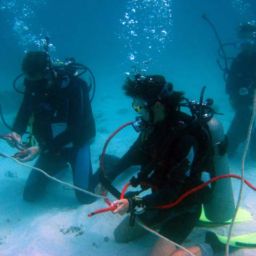Regulators, BCD, drysuit, wetsuit… all of these are expensive pieces of equipment, so keeping them in best condition is in your best interest as a diver. A lot of people have a lot of ideas of how to best keep and maintain their kit, so the main purpose behind this series of articles is a quick heads up on equipment maintenance for newer divers. Remember: a long service life is a good service life!
Exposure protection equipment is probably the easiest to maintain and most likely to be abused piece of equipment a diver owns. Wetsuit or drysuit, a little care and attention can extend the service life of these items long past most imagined due dates. After a dive, rinse the suit completely with fresh water. Wetsuits need both inside and outside rinsed thoroughly. Drysuits only need a internal rinse after heavy (and sweaty usage) or after a bad leak. Cuts and tears should be dealt with quickly, preferably with neoprene cement (as appropriate) and patching material. Metal drysuit zippers should be waxed/lubricated every few dives, and plastic zippers need it as often as the manufacturer recommends. Drysuit cuffs and neck seals made from latex should be trimmed to your size and can be maintained very easily with baby powder or talc.
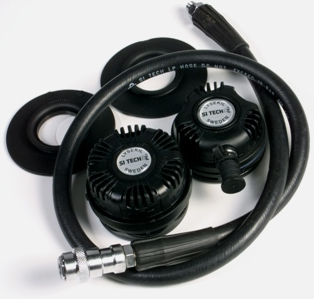
Drysuit valves are enough that they deserve their own paragraph. The inflator and exhaust need special attention after any dive; but particularly after dives in water with severe turbidity, particulate matter or if you experience a silt out. Rinse your inflator valve thoroughly, and check it for “stickiness”, you may need to have it checked before your next dive. The exhaust valve needs to be rinsed with running water and should be rotated under the stream to get foreign debris out. If it still makes a gritty sound and has a sandy, gritty feel when you turn it, rinse it more. If the problem persists, check with the manufacturers instructions for taking it apart and cleaning it.
After cleaning your exposure protection, hang it up to dry using a hanger or by draping it over a rail or bar. If your exposure protection is neoprene, never rest it with the zipper down and the suit resting on it. The zipper can cause the neoprene to crush and make a weak spot in your gear. If you have boots attached to you drysuit, you may with to rig a set up to hang it from the boots. Wet or dry though, avoid leaving it in the sun for over long or in a warm, damp environment. Too much direct sunlight can cause degradation in the material and warm, damp environments are a favourite for molds and other less savoury things that you really don’t need in your suit!
Next up will be BCD and Regulator care!


